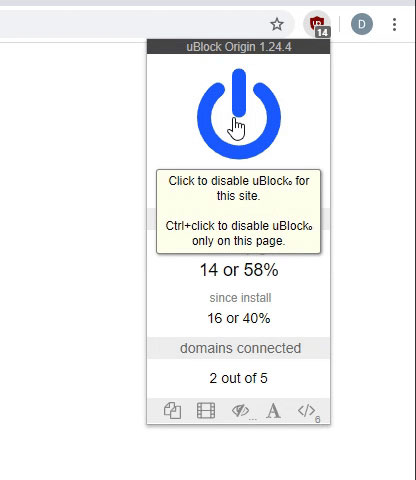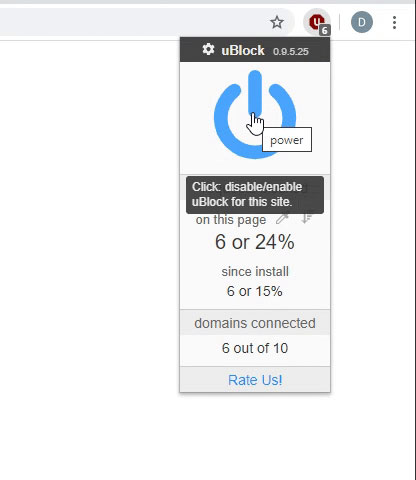I'll try, but so far i haven't been able to figure out how to count unique values in a pivot. This is a tough one.
Hi,
Try adding an extra column to your dataset like this:
Sheet1[TABLE="class: html-maker-worksheet"]
<tbody>[TR]
[TH][/TH]
[TH]A[/TH]
[TH]B[/TH]
[TH]C[/TH]
[/TR]
[TR]
[TH]1[/TH]
[TD]Week Num[/TD]
[TD]Order Num[/TD]
[TD]WeekOrder[/TD]
[/TR]
[TR]
[TH]2[/TH]
[TD]Week 1[/TD]
[TD="align: right"]103[/TD]
[TD="align: right"]1[/TD]
[/TR]
[TR]
[TH]3[/TH]
[TD]Week 1[/TD]
[TD="align: right"]105[/TD]
[TD="align: right"]1[/TD]
[/TR]
[TR]
[TH]4[/TH]
[TD]Week 2[/TD]
[TD="align: right"]104[/TD]
[TD="align: right"]1[/TD]
[/TR]
[TR]
[TH]5[/TH]
[TD]Week 2[/TD]
[TD="align: right"]104[/TD]
[TD="align: right"]0[/TD]
[/TR]
[TR]
[TH]6[/TH]
[TD]Week 2[/TD]
[TD="align: right"]109[/TD]
[TD="align: right"]1[/TD]
[/TR]
[TR]
[TH]7[/TH]
[TD]Week 2[/TD]
[TD="align: right"]109[/TD]
[TD="align: right"]0[/TD]
[/TR]
[TR]
[TH]8[/TH]
[TD]Week 3[/TD]
[TD="align: right"]110[/TD]
[TD="align: right"]1[/TD]
[/TR]
[TR]
[TH]9[/TH]
[TD]Week 3[/TD]
[TD="align: right"]110[/TD]
[TD="align: right"]0[/TD]
[/TR]
[TR]
[TH]10[/TH]
[TD]Week 4[/TD]
[TD="align: right"]104[/TD]
[TD="align: right"]1[/TD]
[/TR]
[TR]
[TH]11[/TH]
[TD]Week 5[/TD]
[TD="align: right"]101[/TD]
[TD="align: right"]1[/TD]
[/TR]
[TR]
[TH]12[/TH]
[TD]Week 7[/TD]
[TD="align: right"]102[/TD]
[TD="align: right"]1[/TD]
[/TR]
[TR]
[TH]13[/TH]
[TD]Week 7[/TD]
[TD="align: right"]102[/TD]
[TD="align: right"]0[/TD]
[/TR]
[TR]
[TH]14[/TH]
[TD]Week 7[/TD]
[TD="align: right"]102[/TD]
[TD="align: right"]0[/TD]
[/TR]
[TR]
[TH]15[/TH]
[TD]Week 7[/TD]
[TD="align: right"]107[/TD]
[TD="align: right"]1[/TD]
[/TR]
[TR]
[TH]16[/TH]
[TD]Week 8[/TD]
[TD="align: right"]110[/TD]
[TD="align: right"]1[/TD]
[/TR]
[TR]
[TH]17[/TH]
[TD]Week 9[/TD]
[TD="align: right"]107[/TD]
[TD="align: right"]1[/TD]
[/TR]
[TR]
[TH]18[/TH]
[TD]Week 9[/TD]
[TD="align: right"]110[/TD]
[TD="align: right"]1[/TD]
[/TR]
[TR]
[TH]19[/TH]
[TD]Week 10[/TD]
[TD="align: right"]103[/TD]
[TD="align: right"]1[/TD]
[/TR]
[TR]
[TH]20[/TH]
[TD]Week 10[/TD]
[TD="align: right"]103[/TD]
[TD="align: right"]0[/TD]
[/TR]
</tbody>[/TABLE]
Excel 2010
| Cell | Formula |
|---|
| C2 | =N(NOT(SUMPRODUCT(--($A$2:$A2=A2),--($B$2:$B2=B2))>1)) |
|---|
<tbody>
[TD="bgcolor: #FFFFFF"]
Worksheet Formulas
[TABLE="class: html-maker-worksheet"]
<tbody>[TR]
</tbody>
[/TD]
[/TR]
</tbody>[/TABLE]
- Now create a PivotTable and the new helper column can be used for the unique count. There is a nice article that describes the technique here:
- SUMIF/SUMIFS combinations may be faster than SUMPRODUCT.
- As an alternatively to the PivotTable you can ofcourse also use a formula solution with the helper column using SUMIF/SUMIFS as appropriate.
- I'm not sure if your version of Excel supports VBA, but if it does then an efficient unique count UDF solution is presented in this very useful whitepaper by Charles Williams (you would need to tweak it a little bit to account for your extra column):





